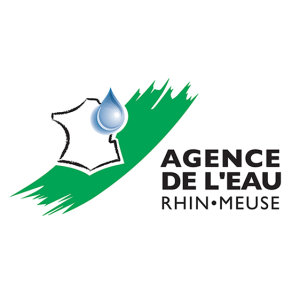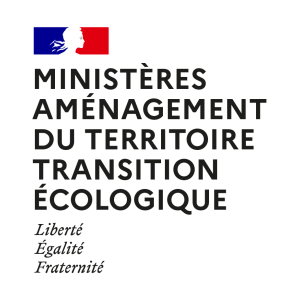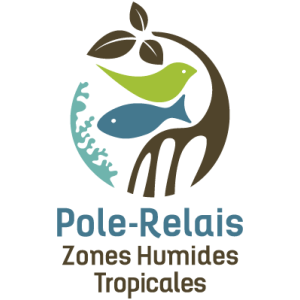
Document généré le 09/08/2025 depuis l'adresse: https://www.documentation.eauetbiodiversite.fr/fr/notice/the-future-of-the-indigenous-freshwater-crayfish
Titre alternatif
Producteur
Contributeur(s)
EDP Sciences
Identifiant documentaire
11-dkey/10.1051/kmae/2010015
Identifiant OAI
oai:edpsciences.org:dkey/10.1051/kmae/2010015
Auteur(s):
L. García-Arberas,A. Rallo,A. Antón
Mots clés
native freshwater crayfish
SWOT analysis
Iberian Peninsula
threatened species
management
écrevisse indigène
analyse SWOT
Péninsule Ibérique
espèces menacées
gestion
Date de publication
24/06/2010
Date de création
Date de modification
Date d'acceptation du document
Date de dépôt légal
Langue
en
Thème
Type de ressource
Source
https://doi.org/10.1051/kmae/2010015
Droits de réutilisation
Région
Département
Commune
Description
The white-clawed freshwater crayfish Austropotamobius italicus is listed
as “vulnerable” in the Spanish Red List of threatened species, but local legislation
varies among Spanish regions. Thus, while in some places the species is classified as “in
risk of extinction” and various plans of conservation and restoration have been
implemented, in the Basque Country and other regions the species is not listed. The
distribution of the white-clawed crayfish in the province of Biscay (Basque Country) was
studied from 1993 to 2007 at more than 600 sampling locations. Results show that 108
streams were inhabited by the native crayfish species A. italicus while
137 streams were inhabited by non-native signal crayfish Pacifastacus leniusculus
or red-swamp crayfish Procambarus clarkii. The spread of
non-native crayfish is not the only threat to the native species whose survival is also
closely dependent on how watersheds are managed. Most A. italicus
populations inhabit headwaters, where forestry activities are very important. The
presence of native crayfish in heavily forested areas results in a conflict of interests
and makes its conservation particularly difficult. We employed a SWOT analysis – an
assessment and decision tool commonly used in marketing and business – to evaluate the
situation of the native white-clawed crayfish in Biscay, a province characterized by very
high demographic pressure. SWOT analysis has proved to be a useful diagnostic tool and can
help develop better and more accurate management strategies for the conservation of native
crayfish threatened by multiple stressors.
Accès aux documents
0
Consultations
0
Téléchargements





























